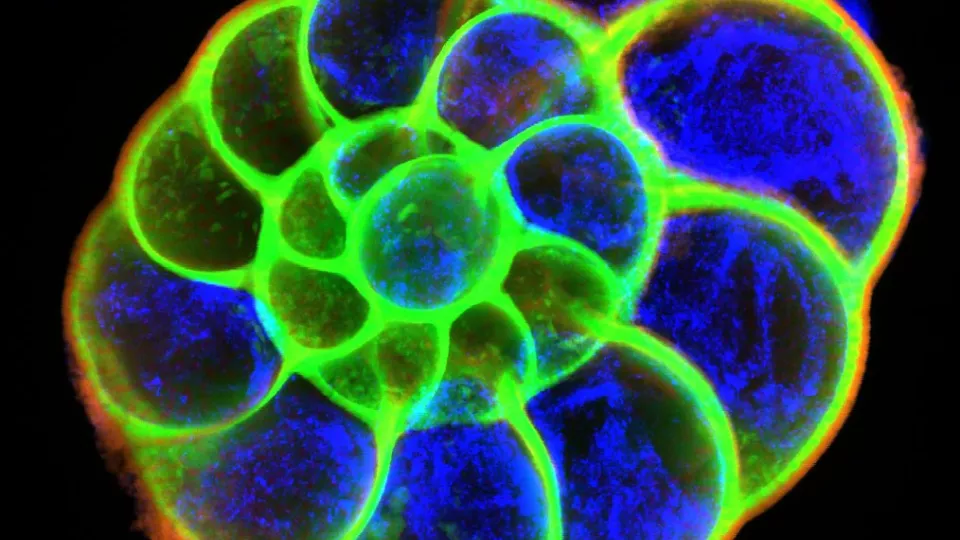Congratulations on your dissertation coming up! How would you describe your research to people unfamiliar with your field?
“I study the past climate conditions, focusing on past ocean conditions such as temperature, oxygen conditions, and salinity. The information recorded in microfossils buried in marine sediments opens a window for us to investigate past climate variations. Several low water oxygen events occurred in the past in the Baltic Sea region, so-called deoxygenation. Nowadays deoxygenation has become one of the largest marine environmental challenges. It has been attributed to global warming and human-induced eutrophication, and it has become more and more severe in the Baltic Sea. Therefore, studying these related conditions seems to be quite urgent.”
In what ways can this research help us better understand and mitigate the environmental and climate change?
“My research is about the environmental condition reconstructions of two warm periods in the past which are comparable to the climate we are living in now. Studying the conditions in these periods can provide us with a context to understand the severity and processes of the environmental changes in oceans in the present-day and potential outcomes in the future.”
What has been the most interesting part of diving into this research field?
“I think one of the most interesting parts is to apply different kinds of state of the art microanalytical tools to discover the geochemical composition in the microfossils and try to find the correlation between the biogeochemical records and the climate conditions.”
What will you do next, after defending your thesis?
“After my defense, I will continue to finish the rest parts of my PhD work and look for some new interests and potential ideas for future projects.”
